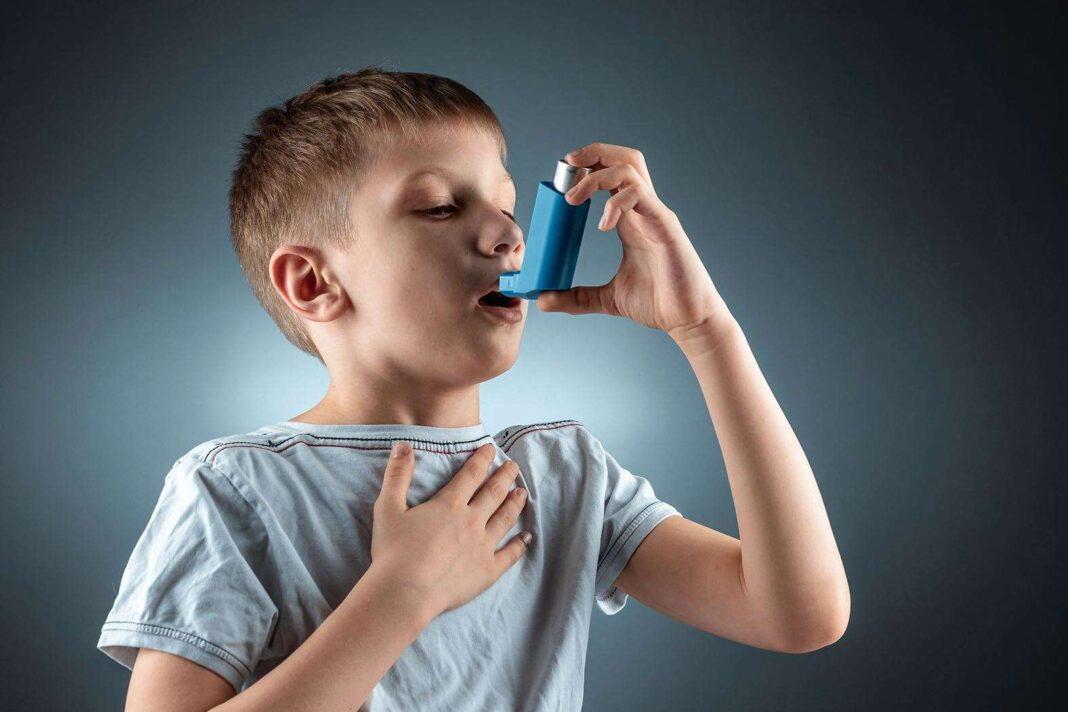Asthma is a chronic respiratory disease that affects millions of people worldwide, and it has become a major public health concern. According to the World Health Organization (WHO), it affects approximately 235 million people globally, and it is the most common chronic disease among children. While it can be caused by many factors, air pollution is a significant trigger, especially for children living in urban areas. In this article, we will discuss how air pollutants may increase its attacks for children living in urban areas.
It is a respiratory disease that causes the airways to become inflamed and narrow, making it difficult to breathe. Symptoms include wheezing, coughing, chest tightness, and shortness of breath. It attacks can be triggered by many factors, including, allergens, exercise, and viral infections.
Air Pollutants and Asthma Attacks
Air pollution is a significant trigger for such attacks, and it can worsen symptoms for those already diagnosed with the disease. Air pollutants such as ozone, particulate matter, nitrogen dioxide, and sulfur dioxide can irritate the airways, making it difficult to breathe. Children living in urban areas are particularly vulnerable to the effects of dust and smoke, as they are more likely to be exposed to high levels of pollutants from traffic, industry, and other sources.
The Impact of Air Pollution on Children
Children who live in urban areas are more likely to experience it attacks and hospitalizations due to air pollution. A study published in the Journal of Allergy and Clinical Immunology found that children living in areas with high levels of air pollution were more likely to develop and experience more severe symptoms than those living in areas with lower levels of pollution. Exposure to air pollution during pregnancy and early childhood has also been linked to an increased risk of developing such disease later in life.
The Role of Parents and Healthcare Providers
Parents play a vital role in managing their child’s asthma, especially in areas with high levels of dust. They should work closely with their child’s healthcare provider to develop a management plan that includes strategies to reduce exposure to air pollutants. Healthcare providers can also help parents identify the early signs of its attack and provide appropriate treatment.
The Need for Environmental Policies and Regulation
Reducing exposure to air pollution requires a multifaceted approach that includes policies and regulations aimed at reducing emissions from transportation, industry, and other sources. Governments and policymakers should prioritize the implementation of clean air regulations, encourage the use of clean energy, and promote public transportation to reduce the number of cars on the road. Additionally, businesses and industries must adopt sustainable practices that reduce emissions and promote environmental sustainability. By working together, we can create a healthier environment for children with respiratory disease and reduce the impact of air pollution on their health.
Relevant content: Young Man’s Organs Save Lives of Five in Saudi Arabia

Strategies to Reduce Exposure to Air Pollution
Reducing exposure to air pollution is essential for children living in urban areas. Here are some strategies to help reduce exposure:
- Avoid outdoor activities during times of high pollution levels.
- Use air purifiers in the home to filter out pollutants.
- Keep windows and doors closed during times of high pollution levels.
- Use public transportation, carpool, or walk/bike instead of driving alone.
- Support policies that aim to clean air regulations and vehicle emissions standards.
Conclusion:
Air pollution is a significant trigger for such attacks, and children living in urban areas are particularly vulnerable. Parents, healthcare providers, and policymakers must work together to reduce exposure to air pollutants and prevent its attacks in children. By following the strategies outlined in this article, we can help reduce the impact of air pollution on children and improve their quality of life.



